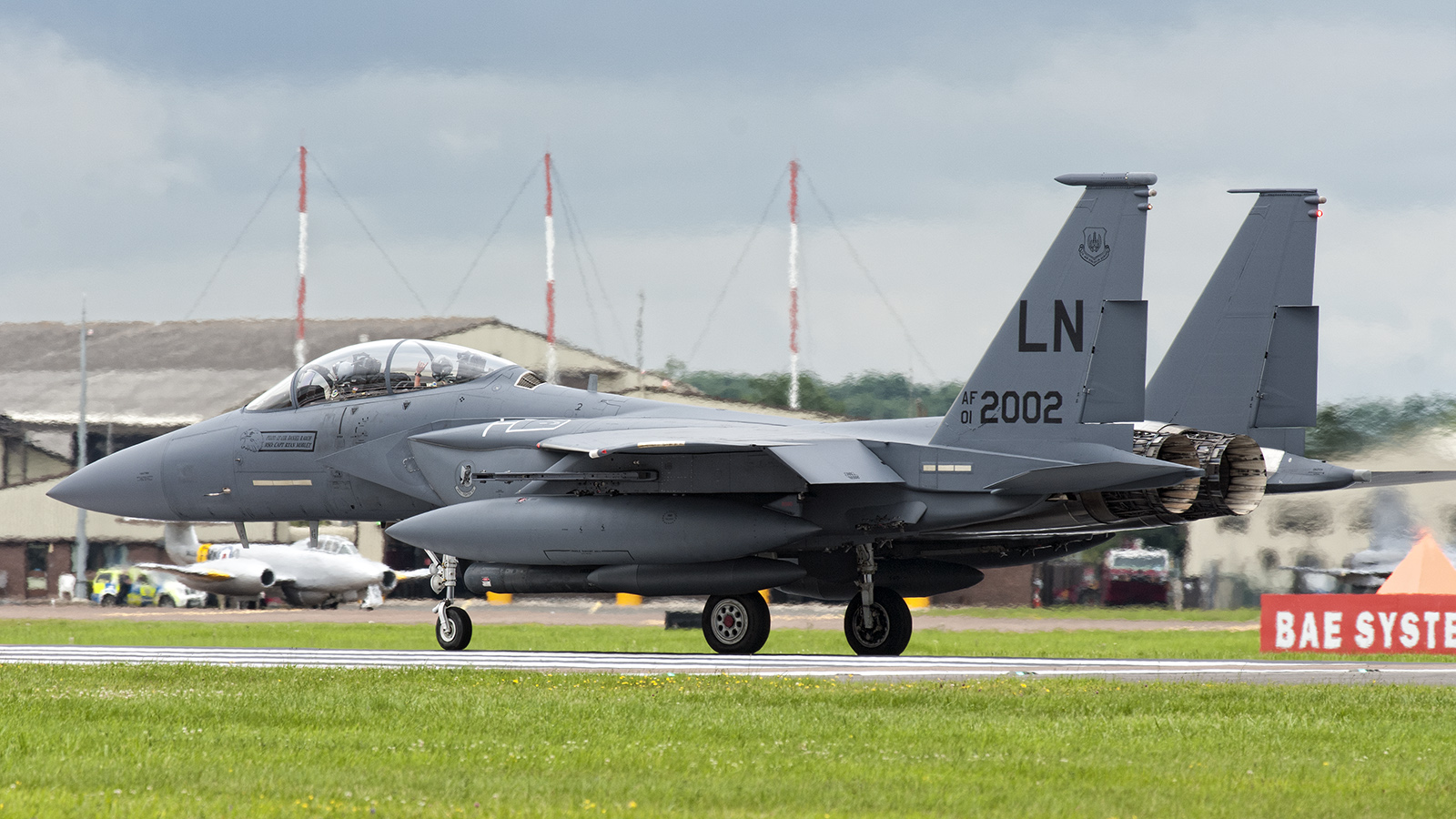
McDonnell Douglas F-15A/C Eagle is a single-seat air superiority fighter.
The F-15E Strike Eagle is an all-weather two-seat dual role aircraft for strike / interdiction.
The F-15 was ordered “off the drawing board”, and there was to be no prototype as such and no competitive fly off against other manufacturer’s aircraft. One of the more unusual aspects of the Eagle development program was the use of large 3/8-scale glider models of the F-15 which were dropped from an NASA-operated NB-52B (52-0008) at the NASA Dryden Flight Research Center. The models were made of aluminum, wood, and fiberglass. During the drops, the models were under radio control from the ground, and were directed through high angle of attack, stalling, and spinning maneuvers. At the end of the flights, the models deployed a parachute and were recovered in midair by a helicopter.
The first flight of the F-15A (71-0280) was on 27 July 1972, first flight of the F-15B (71-290) took place on 7 July 1973. The operational career of the Eagle began with the first delivery of an F-15A (74-0083) to TAC’s 1st TFW at Langley AFB, Virginia. From June 1979 A and B models were succeeded in production by the F-15C (78-0468) and the two-seat trainer F-15D (78-0561).
The Multi-Stage Improvement Program (MSIP) MSIP II is that portion of the program which handles the F-15C/D. The major part of MSIP II is to fit the APG-70 radar and the AIM-120 AMRAAM. The first MSIP II aircraft was F-15C 84-001, first flown on 20 June 1985.
The F-15E Strike Eagle has been a kind of second generation F-15, after test flying with the second two-seater (71-0291), the first production F-15E (86-0183) flew on 11 December 1986. Although it possesses air to air combat capability the F-15E Strike Eagle specializes in the air to ground task and can carry a load of 11.113 kg, witch includes conventional and tactical nuclear weapons. Another key of the F-15’s weapons delivery system is the LANTIRN (Low Altitude Navigation and Targeting Infra-Red for Night) pods, they make the job of fighter-pilots much easier.
| Developing Nation: | United States. |
| Manufacturer/Designer: | McDonnell Douglas from 1997 Boeing |
| Task: | Air Defense/Ground Attack. |
| First Flight: |
|
| First Delivery: | January 9th 1976 1st TFW at Langley AFB, VA. USA |
| First Operational: | |
| Crew: |
|
| F-15A specification: | |
| Ejection Seat: | McDonnell Escapac IC-7 |
| Wing Span: | 13,05 m. |
| Wing Area: | 56,48 m2. |
| Length: | 19,43 m. |
| Height: | 5,63 m. |
| Engine (s): | – Pratt & Whitney F100-PW-100 turbofans each rated at 65.26 kN dry and 106.0 kN with afterburn. (2x) |
| Weight: |
|
| Max. Take off weight: | Max. take off: 25.401 Kg. |
| Cruise Speed: | 917 km/h. |
| Max. Speed: | 2.655 km/h at 10.975 m. |
| Max. Range: | 4.631 km. |
| Performance: | Max. endurance hours. |
| g limits: | -3 to +9 |
| Radar: |
|
| Centre line hard point(‘s): | 4 for AIM-7M and 1 for drop-tanks. |
| Underwing hard points: | 2 (each pylon takes 2 AIM-9M and 1 drop-tank). |
| Weapons: | One M61A1 Vulcan 20-mm cannon with 940 rounds.- AIM-7M Sparrow.- AIM-9M Sidewinder.- AIM-120 AMRAAM only for F-15A/B MSIP. |
| F-15C specification:* | |
| Ejection Seat: | McDonnell Douglas ACES II zero-zero. |
| Engine (s): | – Pratt & Whitney F100-PW-220 turbofans each rated? at 65.26 kN dry and 106.0 kN with afterburn. (2x) |
| Weight: |
|
| Max. Take off weight: | Max. take off: 30.844 Kg. |
| Operating altitude: | 18.290 m, absolute ceiling 30.480 m. |
| Max. Range: | 5.745 Km. |
| Performance: | Max. endurance 5:15 hours and 15 hours with flight refueling. |
| Radar: |
|
| Extra: | Conformal fuel tanks (CFT) on the sides of the intakes. |
* Generally similar to the F-15A except in the following particulars
| F-15E specification:* | |
| Task: | Air-to-ground strike. |
| Crew: | 2 |
| Ejection Seat: | McDonnell Douglas ACES II zero-zero. |
| Engine (s): | Two Pratt & Whitney F100-PW-229 each rated at 75,62 kN dry and 129,0 kN with afterburn. (2x) |
| Weight: |
|
| Max. Take off weight: | Max. take off: 36.741 Kg. |
| Cruise Speed: | 917 km/h. |
| Max. Speed: | 2.655 km/h at high altitude. |
| Operating altitude: | 18.290 m. |
| Max. Range: | 4.445 Km. |
| g limits: | + 9 |
| Radar: | Raytheon APG-70 look-down / shoot-down radar. |
| Centre line hard point(‘s): | 13. |
| Underwing hard points: | 2. |
| Weapons: |
|
| Extra: | Martin-Marietta LANTIRN navigation (AN/AAQ-13) and targeting (AN/AAQ-14) pods. |
* Generally similar to the F-15A except in the following particulars
F-15 operators:
| Israel. | 49 F-15A |
| 10 F-15B | |
| 18 F-15C | |
| 15 F-15D | |
| 25 F-15I * | |
| Japan. | 165 F-15J |
| 48 F-15DJ | |
| Saudi Arabia. | 86 F-15C |
| 26 F-15D | |
| 72 F-15S * | |
| South-Korea. | 40 F-15K * |
| USAF. | 355 F-15A |
| 57 F-15B | |
| 420 F-15C | |
| 61 F-15D | |
| 236 F-15E |
* F-15E variants.
Streak Eagle Record Breaker

A modified McDonnel F-15A-6-MC (72-0119) was named ‘Streak Eagle’ and went for aviation records.
Records:
Climb to 3000 Meters
| Takeoff Gross Weight: | 12688 kg. |
| Thrust to weight ratio: | 1.6+ |
| From brake release to 3000 m.: | 27.57 seconds |
| Pilot: | Roger J. Smith |
| Date: | 16 January 1975 |
Climb to 6000 Meters
| Takeoff Gross Weight: | 12997 kg |
| Thrust to weight ratio: | 1.6+ |
| From brake release to 6000 m.: | 39.33 seconds |
| Pilot: | William R. Macfarlane |
| Date: | 16 January 1975 |
Climb to 9000 Meters
| Takeoff Gross Weight: | 12997 kg |
| Thrust to weight ratio: | 1.6+ |
| From brake release to 6000 m.: | 48.86 seconds |
| Pilot: | William R. Macfarlane |
| Date: | 16 January 1975 |
Climb to 12000 Meters
| Takeoff Gross Weight: | 12997 kg |
| Thrust to weight ratio: | 1.6+ |
| From brake release to 6000 m.: | 59.38 seconds |
| Pilot: | William R. Macfarlane |
| Date: | 16 January 1975 |
Climb to 15000 Meters
| Takeoff Gross Weight: | 13106 kg |
| Thrust to weight ratio: | 1.6+ |
| From brake release to 6000 m.: | 77.02 seconds |
| Pilot: | David W. Peterson |
| Date: | 16 January 1975 |
Climb to 20000 Meters
| Takeoff Gross Weight: | 12997 kg |
| Thrust to weight ratio: | 1.6+ |
| From brake release to 6000 m.: | 122.94 seconds |
| Pilot: | Roger J. Smith |
| Date: | 19 January 1975 |
Climb to 25000 Meter
| Takeoff Gross Weight: | 13862 kg |
| Thrust to weight ratio: | 1.5+ |
| From brake release to 6000 m.: | 161.02 seconds |
| Pilot: | David W. Peterson |
| Date: | 26 January 1975 |
Climb to 30000 Meter
| Takeoff Gross Weight: | 14473 kg |
| Thrust to weight ratio: | 1.4+ |
| From brake release to 6000 m.: | 207.80 seconds |
| Pilot: | Roger J. Smith |
| Date: | 1 February 1975 |
(Above data: www.thisdayinaviation.com)
F-15 in combat:
Israel :
The first IDF/AF action with Eagles took place on 27 June 1979, since that day the F-15’s of the Israeli Air Force scored 17 air to air victories.
Saudi Arabia:
On 5 June 1984, Eagles of No 6 Squadron were involved in an air battle with Iranian piloted F-4 Phantoms witch were threatening Saudi oil fields. Two of the intruders were shot down by AIM-7 Sparrows. This was the first time (and the only) that McDonnell Douglas fighters fought each other. One RSAF F-15 shot down a pair of Iraqi Dassault Mirage F-1’s during Desert Storm.
Desert Storm 17 January – 28 February 1991:
The USAF had five F-15C and two F-15E squadrons when the (air) war against Iraq began. Although the F-15E was still not fully combat-ready, 48 F-15Es flew in the Gulf War. F-15Es joined other Coalition aircraft in searching for and attacking Iraqi “Scud” missile launchers. These Scud hunt missions were largely unsuccessful, but the F-15Es attacked many other Iraqi targets of opportunity. The F-15C’s scored 32 aerial kills, of a total of 41 victories. Twenty-four of these kills were achieved with the Sparrow missile, eight by AIM-9 sidewinders. One F-15E scored an aerial kill by dropping a laser-guided bomb on an airborne Iraqi helicopter. No F-15C/D Eagle fighters were lost during Desert Shield / Storm, two F-15E Strike Eagles were lost in action.
Provide Comfort 1 March 1991 – 1 January 1997
Northern/Southern watch: 1 January 1997 – 1 May 2003:
F-15C’s of the USAF shot down three Iraqi Su-22’s with the AIM-9 and one Pilatus PC-9 trainer.
On 14 April 1994 there was a tragic ‘Friendly Fire’ incident over Northern Iraq, when a pair of F-15C’s shot down two UH-60 Black hawks, killing 26 American and United Nations personnel.
Deliberate Force: Aug.- Sept. 1994:
F-15C were in combat air patrols, and never shot down a Serbian aircraft (all F-16 kills) The F-15E was in air to ground actions.
Allied Force: 24 March – 10 June 1999:
On the first day of Allied Force 24 March 1999, F-15C’s killed four Serbian MiG-29’s with AIM-120 AMRAAM’s. One pilot Major J.Kwhang from the 493rd FS shot-down two aircraft.
Enduring Freedom 7 October 2001 – :
F-15E 89-0487 shot-down a Mi-24 Hind helicopter in Afghanistan.
Iraqi Freedom 20 March 2003 – April 2003:
USAF F-15C/D’s from Al Jaber AB, Kuwait and F-15C/D from Prince Sultan AB, Saudi Arabia flew together with F-15E Strike Eagles combat-missions in Iraq. One F-15E (88-1694/SJ) of 333rd FS, 4th FW from Seymour Johnson AFB, NC was shot-down near Tikrit in Iraq on 6 April 2003, the pilots were Killed in Action.








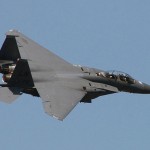
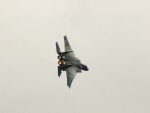
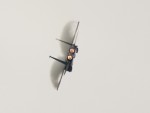
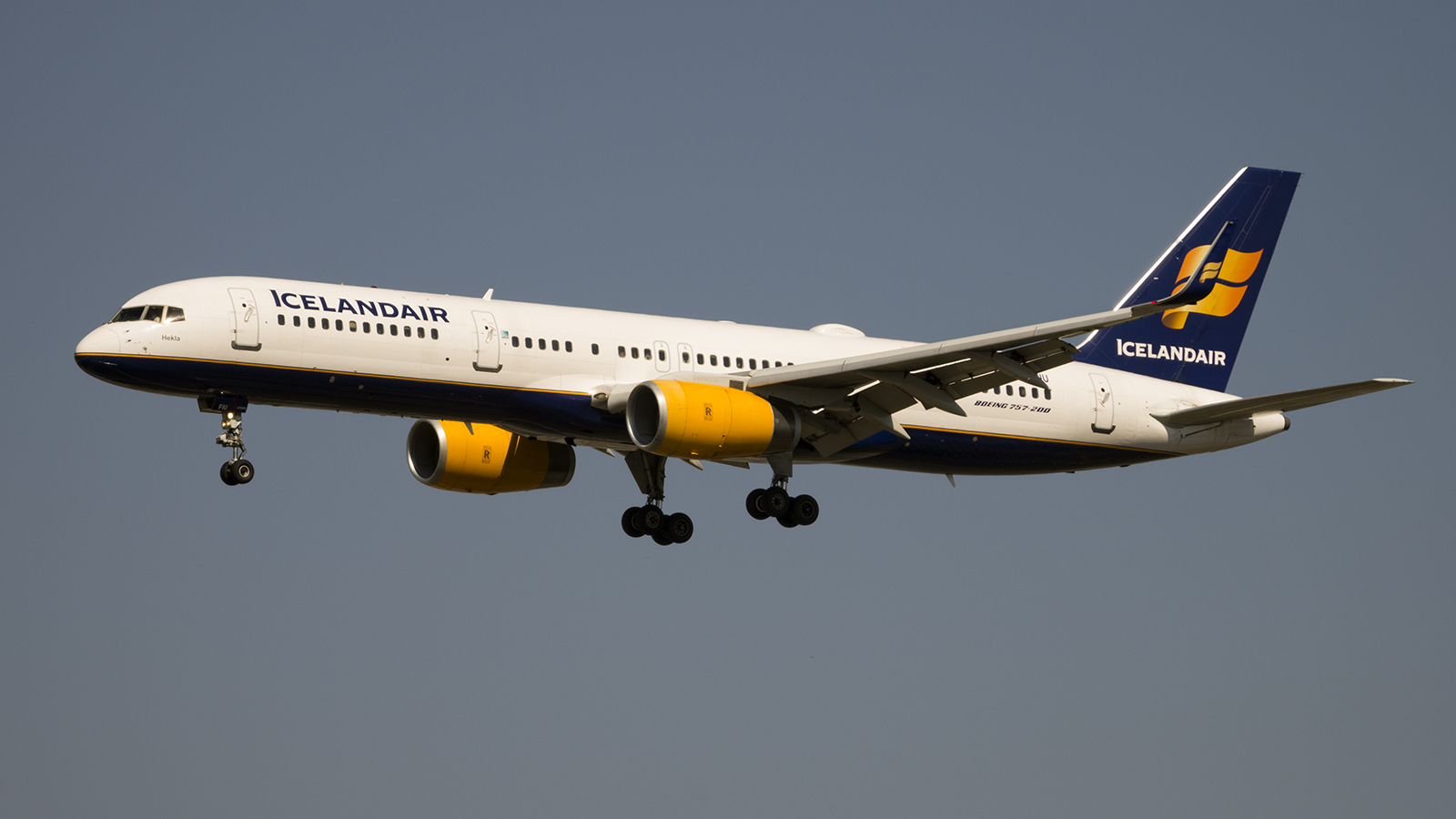
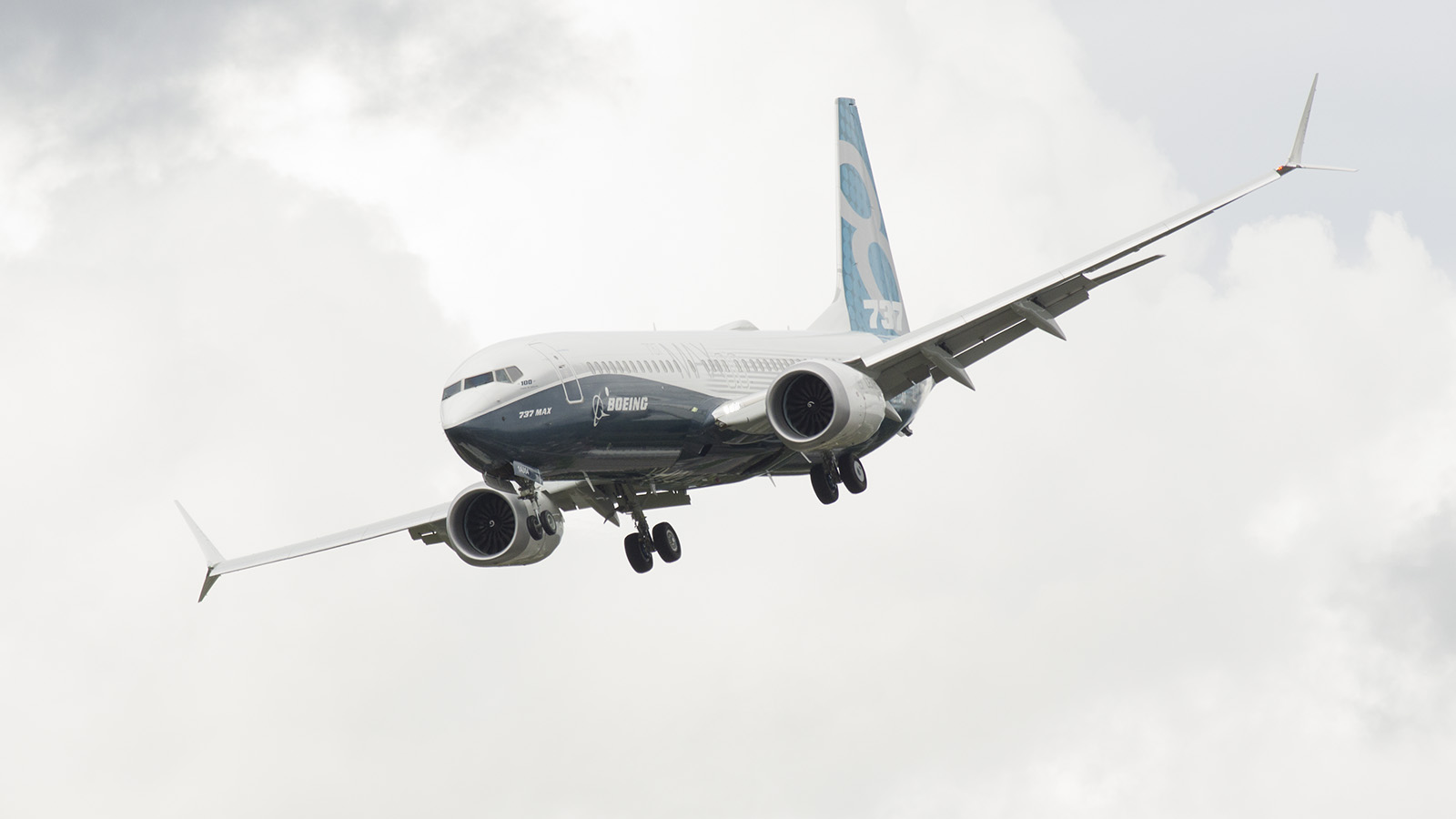
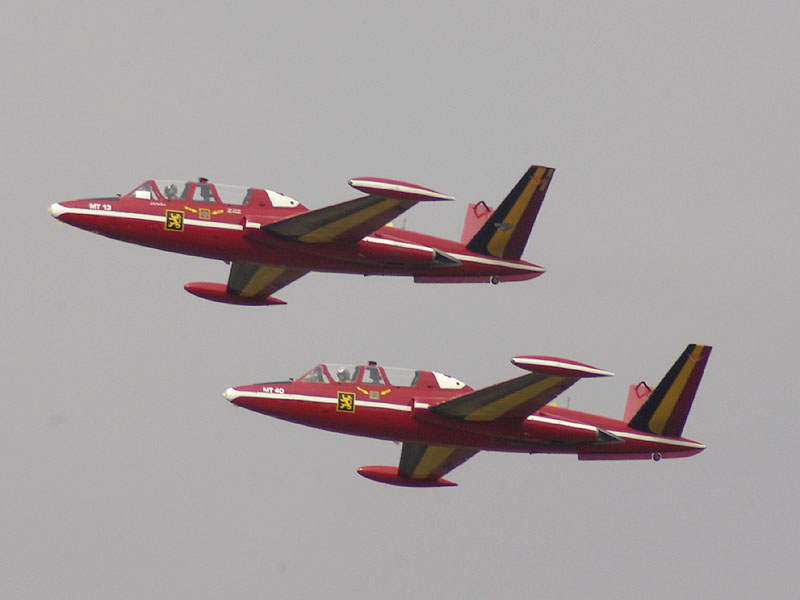
Coming from an Eagle Keeper I never get tired of this jet. Crew Chiefs love their machines. Yeah I know they’re inanimate objects, but they’re our inanimate object. good history, good article. I would like to see the records the jet holds – time to climb, and others. This jet is fast en route and in the envelope is quick and agile – an air to air killing machine.
Thank you!